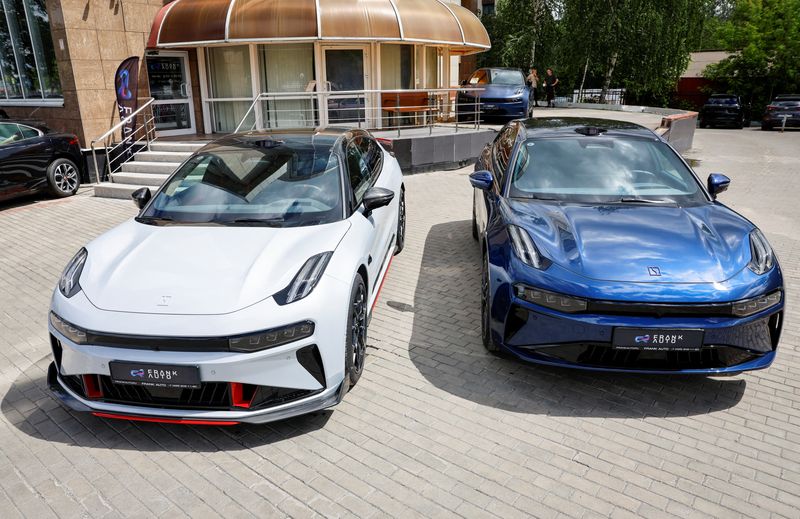
(Reuters) – Russia plans to effectively raise taxes on imported cars from 2025 by doubling the scrappage fees all car producers must pay while also increasing state support for locally made vehicles, draft budget documents published on Monday showed.
Moscow’s invasion of Ukraine in February 2022 has drastically reshaped Russia’s car market, with Western carmakers abandoning the country and Chinese ones swooping in to plug the production gap.
Draft budget plans showed that Russia expects to almost double its revenues from car recycling in 2025 to 2.01 trillion roubles from 1.08 trillion roubles.
Scrap-related costs for imported cars are seen rising to 1.14 trillion roubles next year from 680 billion roubles and for cars manufactured in Russia to 871.5 billion roubles from almost 400 billion roubles this year.
Domestic manufacturers and car importers alike are required to pay a scrappage fee in Russia to cover the future costs the state incurs for managing the scrapping process.
Those higher costs will be offset by increased subsidies for locally made cars, however, “to compensate for part of the production costs”, the draft budget showed.

That means imported cars may become more expensive in relative terms and could compel Chinese carmakers to move some production to Russia to remain competitive.
Russia’s domestic car production sank to a post-Soviet low in 2022 as Western automakers who owned factories there abruptly halted operations and ultimately left.
This post is originally published on INVESTING.




